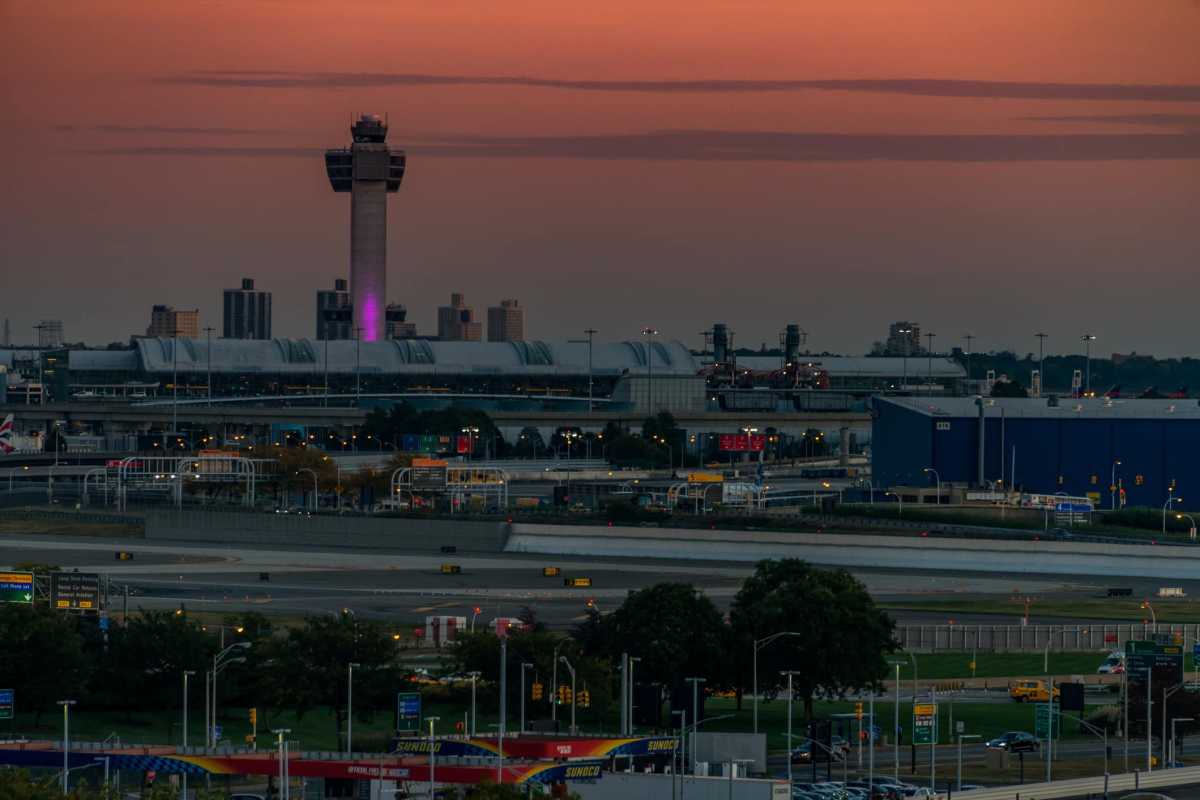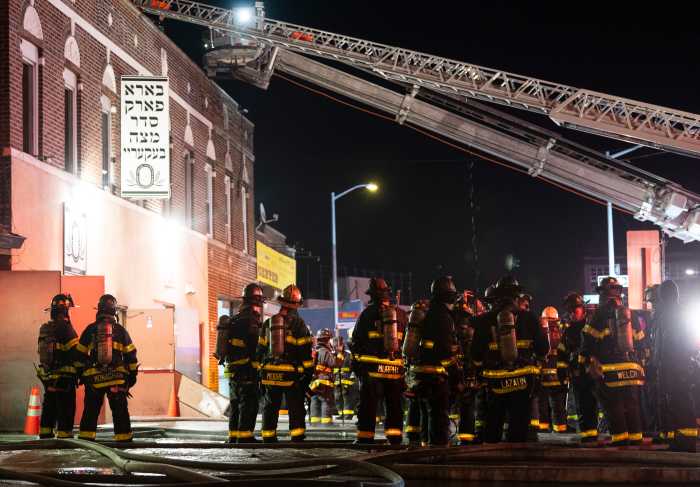By Bryan Schwartzman
Results from tests conducted in two homes near the former dry-cleaning chemical storage site at 107-10 108th St. revealed only non-toxic levels of perchloroethylene, or PERC, said Claire Pospisil, a Department of Health spokeswoman.
“PERC was found in background levels,” said Pospisil.
This appeared to be the first hint of good news about the site since it was announced in February that major levels of soil contamination were discovered on the site. In September officials from the state Department of Environmental Conservation said lower levels of contamination had spread to the neighborhood groundwater.
DEC Engineer Andrew English said no one is currently in danger of being exposed to the chemicals since the substances are 15 feet underground. But he said that before 1982, when stricter drinking water regulations were first enforced, the water supply in homes may have been contaminated.
“It is good news there are no toxic gases in people's homes,” said Manuel Caughman, the president of the Brinkerhoff Action Association network. “Our main concern is a speedy cleanup and comprehensive cancer study.”
Area residents have expressed concern that the contamination may have caused increased incidents of cancer in the area. In September state Sen. Malcolm Smith (D-St. Albans) said his office had compiled a list of 70 people in the area who had developed cancer in the past few years.
“This is starting to become scary,” Smith said in a telephone interview this week. He said every week he meets residents who live within several blocks of the contaminated site who have developed cancer.
“I believe this contamination has led to serious health problems,” Smith said.
“It is good news, but it still doesn't solve the real problem,” Smith said of the DOH test results.
Several months ago the Department of Health began a study to see if there were high levels of cancer in the neighborhood and if the cases were linked to the contamination. The study is expected to take more than a year.
Officials from the city Department of Environmental Protection have said repeatedly that any PERC which seeped into the drinking water was being filtered out at treatment plants before it reached people's faucets.
But Smith has urged residents to call DEP and demand that a representative from the agency come and test the water in their homes for high levels of PERC.
The site, now a depot for the Atlantic Express Bus company, was used to store and distribute dry-cleaning chemicals from 1969 to 1992, DEC officials said in March.
Andrew English, an engineer with the DEC, said higher levels of groundwater and soil contamination were found at about 35 feet below ground level in the center of the four-acre site, but the agency would have to investigate further to what extent the neighborhood was contaminated.
The chemical which has caused the stir is known as PERC, used for dry cleaning of fabrics and degreasing metal, and can in high concentrations cause problems such as dizziness, headaches, nausea and in rare cases death, according to the DEC.



































